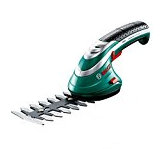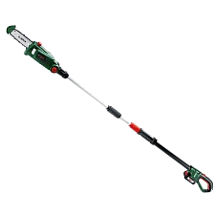Hedge trimmer purchasing advice: how to choose the right product
- The most important things in a nutshell
- With a hedge trimmer you can precisely trim the hedges, bushes and shrubs in your garden into shape.
- There are manual hedge trimmers, electric or battery-powered hedge trimmers and petrol-powered models.
- Battery hedge trimmers are becoming increasingly popular. They are independent of the electricity grid, do not require petrol and allow hedges and shrubs to be trimmed in extensive gardens.
How does a hedge trimmer work?
How a hedge trimmer works depends first of all on whether it is a manual model or a device with battery or petrol drive. Manual hedge trimmers work in principle like any other household trimmer. The two blades, which are approximately 20 to 30 centimetres long and have a handle, are connected to each other by a simple cross joint. With manual hedge trimmers, the longer the handles, the greater the force exerted when cutting and the less force the user has to apply.
In contrast, motorised hedge trimmers are equipped with two so-called cutting bars. Each of these cutting bars is equipped with several cutting edges on both sides in the form of a rough saw. The two cutting bars lie flat on top of each other. Depending on how the hedge trimmer works, one of the bars is fixed and the other is moved backwards and forwards in the longitudinal direction. This variant is called a counter-rotating blade. With the so-called double counter-rotating blades, both cutting bars move back and forth in opposite directions. The advantage of this variant is the better cutting quality and the audible cutting performance. Due to the large number of blades, motorised hedge trimmers work very effectively, so that even large hedges can be cut back within a short time.
The distance between the blades determines the maximum branch thickness that can be cut with the hedge trimmer. Hedge trimmers with a very good cutting performance can cleanly cut branches with a maximum diameter of about 25 millimetres. Depending on the model, the cutting bars, also known as blades, have a length of about 30 to a maximum of 70 centimetres.
The different types of hedge trimmers
There are many different types of hedge trimmers available on the market, from a whole range of well-known manufacturers. The four most important types of hedge trimmer are:
- Manual hedge trimmers
- Battery hedge trimmers
- Electric hedge trimmers
- Petrol hedge trimmers
Each of these types of hedge trimmers has its own advantages and disadvantages, which we will discuss in the following sections.
Manual hedge trimmers
Manual hedge trimmers are the simplest and cheapest hedge trimmers. They come with short and long handles made of plastic or wood. These hedge trimmers are relatively light and versatile. They are available with smooth and with serrated blades. The serrated blades have the advantage that thicker branches and woody hedges can be cut more easily. The cutting pattern is uniformly smooth. Manual hedge trimmers with gears are commercially available especially for cutting thicker branches with a diameter of up to two centimetres. The simple gearbox increases the cutting force. For pruning high hedges and shrubs, manual hedge trimmers with an extendable telescopic handle are available, which allow pruning without a ladder.
Manual hedge trimmers are particularly suitable for small hedges and the pruning of individual shrubs. They can be used to cut ornamental shrubs precisely into shape.
Advantages
- Easy handling
- Suitable for precise topiary
- Reasonable price
- Easy to sharpen
Disadvantages
- High effort required for woody hedges
- Only suitable for small hedges
Electric hedge trimmers
Electric hedge trimmers are ready for use at any time – provided they can be connected to the mains. They make it much easier to prune even larger hedges and several shrubs. The electric drive enables almost fatigue-free work over a longer period of time. Electric hedge trimmers are available with blades of different lengths. The operating noise is comparatively low and there are no exhaust fumes. The disadvantage of electric models is that they have to be connected to the mains via a power cable. Many garden owners find the cable annoying, especially when higher hedges have to be trimmed on a ladder. The dangling cable also adds to the weight.
Electric hedge trimmers are ideal for pruning longer hedges and several bushes and shrubs. One advantage of these motor-driven hedge trimmers is the comparatively low purchase price. They also do not require much maintenance. However, their radius of action is limited to the length of the electric cable.
Advantages
- Favourable purchase price
- Effortless cutting of larger hedges
- Suitable for topiary with short blades
Disadvantages
- Dependent on a mains connection
- Limited radius of action
- Awkward handling due to the power cable
Battery hedge trimmers
Battery hedge trimmers have become increasingly popular in recent years. The reasons for this are the independence from a power supply, the unlimited action radius and the quiet operation without exhaust fumes. Modern cordless hedge trimmers are comparable to electric hedge trimmers in terms of their performance. However, they have the advantage that they do not have to be connected to the mains.
High-performance lithium-ion batteries allow for very long running times in some cases, so that cordless hedge trimmers can also be used for pruning larger hedges. According to Stiftung Warentest, the battery life has increased significantly in recent years. Incidentally, the batteries of the cordless hedge trimmers from some manufacturers can be used for different devices. This makes it possible to significantly reduce the costs when buying several garden tools.
Battery hedge trimmers are suitable for pruning hedges and shrubs in gardens of all sizes. They are available with blades of different lengths. Due to the rechargeable battery, they offer the same unlimited action radius as a petrol-powered hedge trimmer. Shrubs and hedges with fine branches can be cut effortlessly with these hedge trimmers. However, the overall cutting performance is somewhat lower than that of petrol-powered models. Their weight is usually somewhat higher than that of electric hedge trimmers because of the battery.
Advantages
- Unlimited radius of action
- Independent of mains power
- Quiet operating noise
- Easy to operate
- No exhaust fumes
- Good cutting performance
Disadvantages
- Higher weight due to battery
- Comparatively high price
Petrol hedge trimmers
Hedge trimmers powered by a petrol engine are the most powerful models. The petrol engines offer sufficient power for cutting strong branches and dense hedges. Their operating range is unlimited, as they are independent of the mains supply. Only a little petrol needs to be refilled from time to time. These hedge trimmers also have no power cable to get in the way when working on a ladder. However, they have the disadvantage that they are very loud during operation and produce annoying exhaust fumes. Another disadvantage is the high weight and the high maintenance requirements compared to other hedge trimmers.
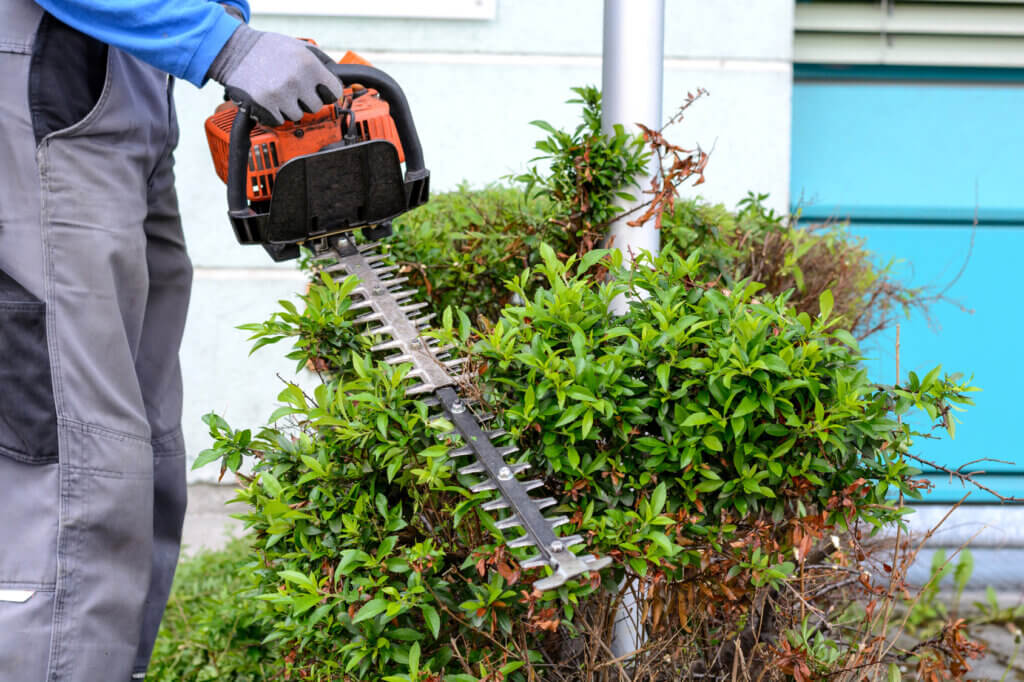
Petrol hedge trimmers are suitable for pruning very large hedges. With them, you can also cut thicker branches without any problems. Because of their independence from a power connection and the unlimited action radius, they are also popular in the commercial sector.
Advantages
- Unlimited operating radius
- Very good cutting performance
- Suitable for commercial use
Disadvantages
- Loud operating noise
- Exhaust emissions
- High weight
- High price level
What to look for when choosing a hedge trimmer?
When choosing a hedge trimmer suitable for your own garden, various points should be considered. Certain selection criteria apply to all types of hedge trimmers. In addition, there are some points that are specific to the different types. The selection criteria that apply equally to all hedge trimmers include:
- Maximum cutting length
- Maximum cutting thickness
- Weight
- Ergonomics
- Safety
Maximum cutting length
The maximum cutting length should be chosen according to the size of the hedge to be cut. The higher and longer the hedge, the greater the cutting length of the hedge trimmer should be. With manual hedge trimmers, the choice of cutting length is limited. With motor-driven hedge trimmers, on the other hand, the choice ranges from about 30 centimetres to about 70 centimetres.
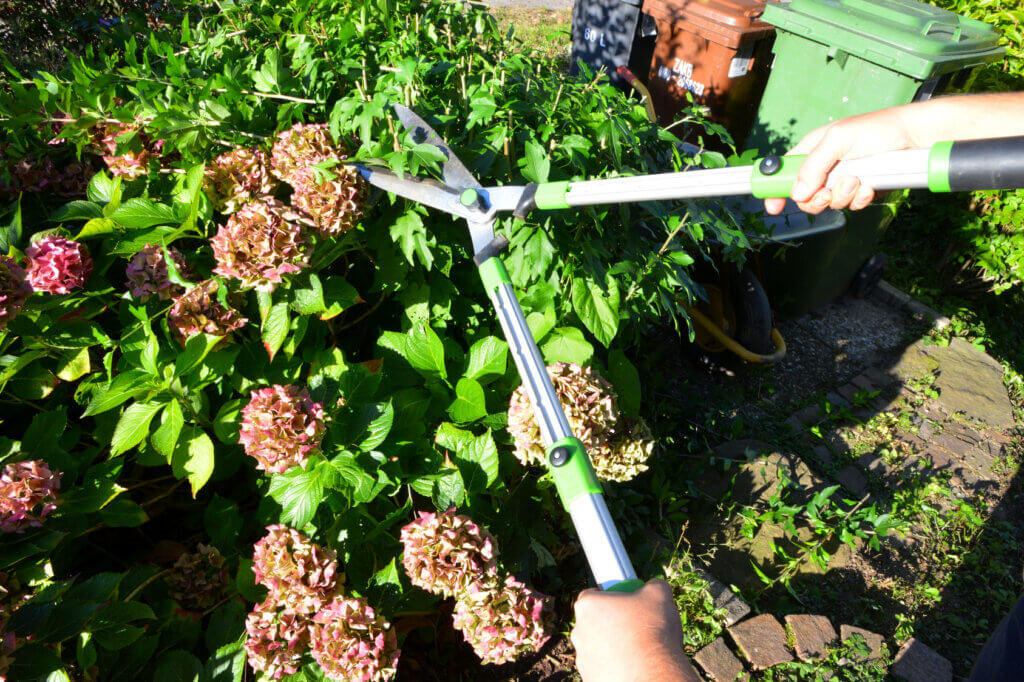
Maximum cutting thickness
To choose a hedge trimmer with the right cutting capacity, it is worth looking around the garden and determining approximately how thick the branches to be cut are. Motor-driven hedge trimmers are usually able to cut branches with a thickness of ten to fifteen millimetres without any problems.
Weight
The weight of a hedge trimmer is certainly the most important selection criterion besides the cutting length and cutting thickness. The lighter the hedge trimmer, the longer you can work with it without tiring. You should note that battery hedge trimmers are generally somewhat heavier than electric hedge trimmers. The heaviest hedge trimmers have a petrol engine.
Ergonomics
The ergonomics of a hedge trimmer also play an important role. It has an influence on how long you can work with the machine without tiring. Non-slip handles ensure a secure grip and prevent a cramped posture. In the case of motorised hedge trimmers, a balanced weight distribution and a sensibly placed second handle ensure comfortable and largely fatigue-free work over a longer period of time. High-quality models also have an anti-vibration system.
Safety
The safety issue primarily concerns motor-driven hedge trimmers. Most of these machines are equipped with two switches, both of which must be actuated simultaneously for the motor to run. This prevents accidental switching on with only one hand and reduces the risk of injury.
Selection criteria for manual hedge trimmers
When choosing a manual hedge trimmer, you should consider whether wavy or smooth blades are more suitable. Manual hedge trimmers with a serrated blade usually cut branches more easily and cleanly. If thick branches need to be cut, a manual hedge trimmer with a gearbox is recommended.
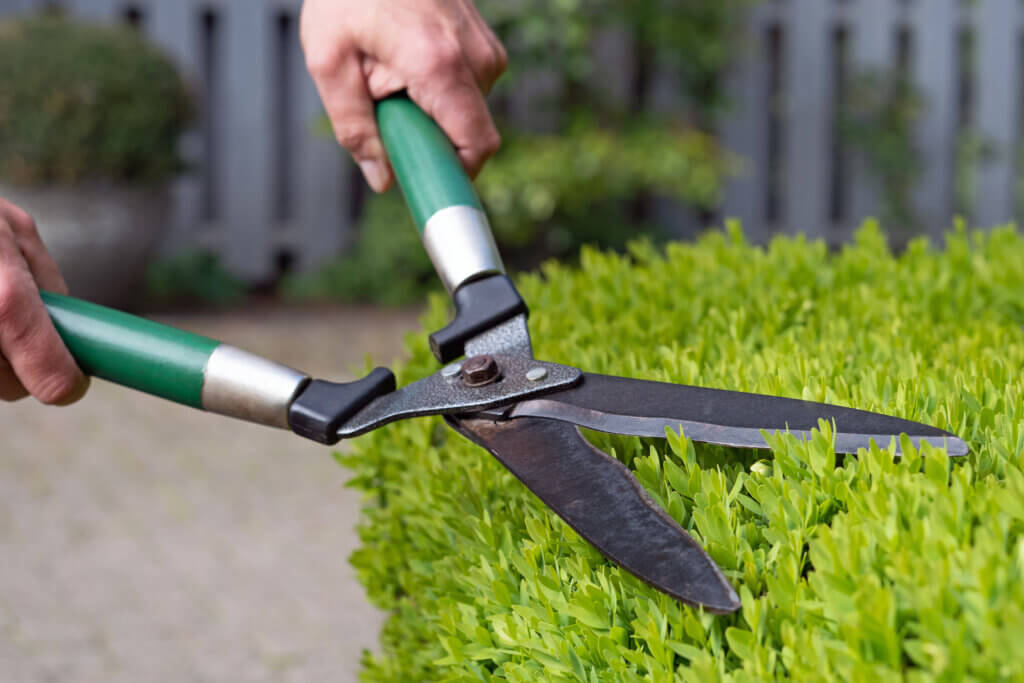
Selection criteria for battery hedge trimmers
In addition to the weight, the battery life and charging time are the most important selection criteria for a cordless hedge trimmer. The longer the runtime, the better. Of course, the charging time is the other way round: it should be as short as possible. If you already own a battery-powered garden tool, you can save a lot of money if the battery can also be used for a new hedge trimmer. Various manufacturers offer their battery-powered hedge trimmers without their own battery.
Selection criteria for electric hedge trimmers
One of the most important criteria when choosing an electric hedge trimmer is the motor power. The motor power is specified in watts for electric motors. Especially in the case of electric hedge trimmers with long blades, which are intended for working on strong hedges, the motor power should be sufficiently high.
Selection criteria for petrol hedge trimmers
In terms of engine power, petrol hedge trimmers from the various manufacturers hardly differ. An important criterion, however, is the noise level when operating the hedge trimmer. Unfortunately, there are no really quiet petrol hedge trimmers. When working with a petrol hedge trimmer, hearing protection should always be worn to prevent hearing damage.
Tips for maintenance and care of hedge trimmers
Depending on the type of drive, hedge trimmers require different levels of maintenance and cleaning to ensure that they can work reliably for many years. All hedge trimmers should be cleaned thoroughly after use. If the hedge trimmer is not used over the winter, the blades should be rubbed with a preservative oil to protect them against rust. As a general rule, electric, battery and petrol-powered hedge trimmers should be stored in a cool and dry place over the winter. A damp cellar room is not suitable for storage.
Fig. 1: © alho007 / stock.adobe.com | Fig. 2: © Hermann / stock.adobe.com | Fig. 3: © Gundolf Renze / stock.adobe.com

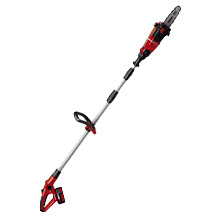

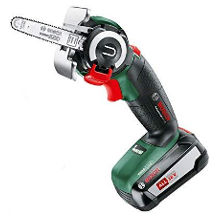


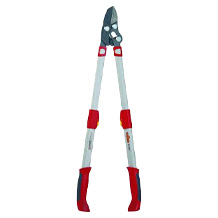
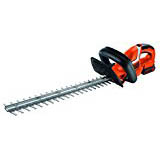
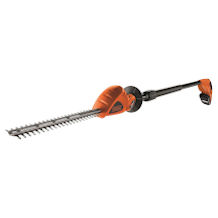
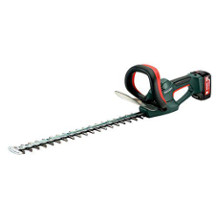
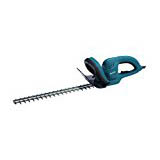
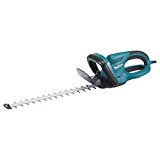
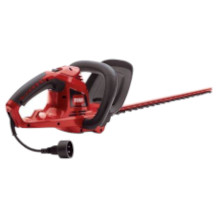
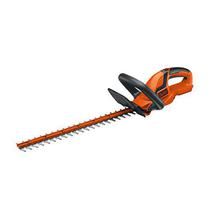
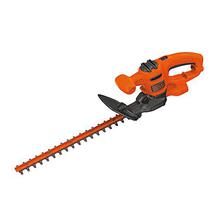

 3,083 reviews
3,083 reviews
